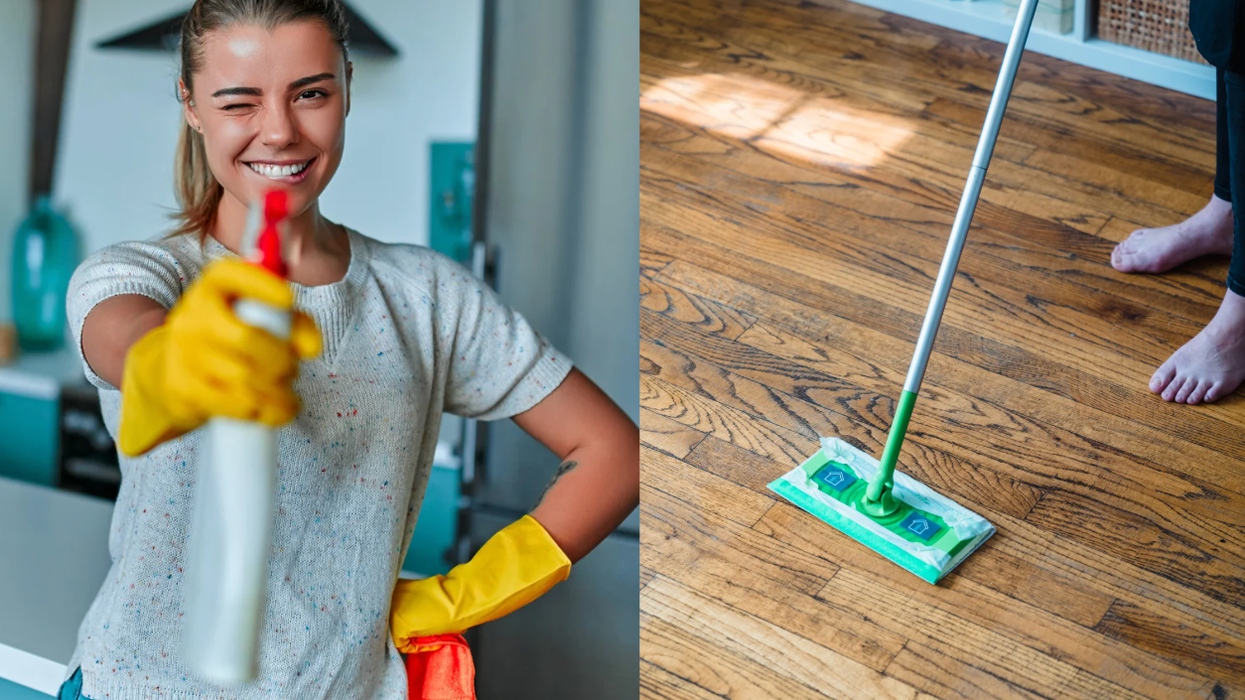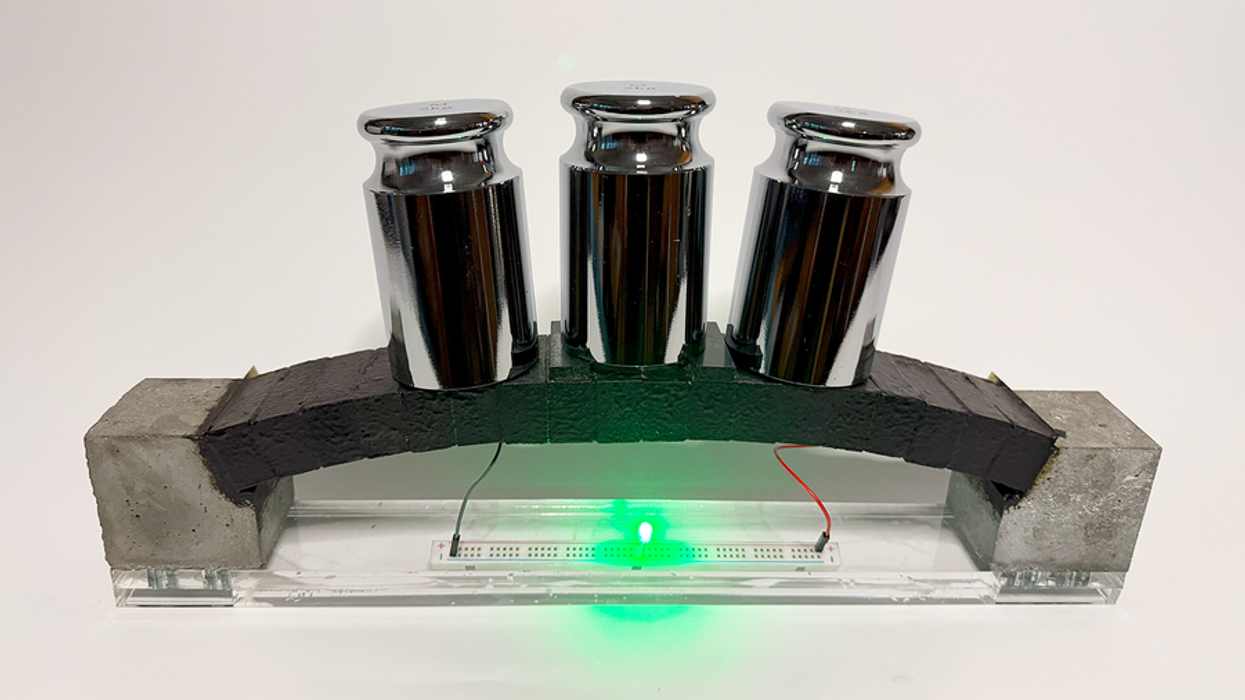After many weeks of silence, the Pritzker Architecture Prize officially rebuffed the call of a 17,000-signature petition late last week by refusing to recognize Denise Scott Brown as co-recipient of the 1991 Pritzker Prize. The award was conferred solely on her famous architect husband, Robert Venturi, despite the fact that they were not just partners in life, but also in every aspect of their work.
Two decades later, the “forgetting” of women in architecture is alive and well—both among this year’s nearly all-male Pritzker Prize jury, but also within the ranks of the actual architectural establishment in the United States, known as The American Institute of Architects (AIA).
Starting today, more than 10,000 members of the AIA will gather in Denver, where the AIA board of directors went so far as to adjust the rules of its coveted Gold Medal earlier this week, to recognize teams like Scott Brown and Venturi (rather than only selecting individuals, as it has done to date). Such gestures, while commendable, overlook the AIA’s own tendency to exclude women, most overtly evidenced in this year’s all-male convention keynote roster and in other subtle ways.
Convention attendees will hear from Blake Mycoskie, the popular founder of TOMS Shoes; Gen. Colin Powell, the former U.S. Secretary of State; and Cameron Sinclair, charismatic co-founder (with Kate Stohr) of Architecture for Humanity. All three are men highly capable of inspiring others, but three men they remain. And lest you think this year was simply an anomaly, the 2010, 2011, and 2012 AIA Conventions all failed to count even a single woman among their keynote rosters.
What about community development leader Rosanne Haggerty, whose organization, Community Solutions, is championing a “100,000 Homes” campaign to end chronic homelessness nationwide? Or Jeanne Gang of Studio Gang, which is as well known for its Aqua Tower as its colorful community centers on Chicago’s south side? Or author, TED speaker, high school design/build instructor, and new documentary subject Emily Pilloton of Project H Design? Or Amanda Burden and Janette Sadik-Khan, who have bravely led the revitalization of New York City’s public spaces? A visionary client, an award-winning architect, an innovative educator, and prolific policymakers, these are among the most progressive design leaders of our time, reshaping our field and reimagining our world.
We can only hope that the AIA is on the brink of better recognizing women, with the third woman president in its 157-year history set to take the reins in 2014. That’s a lot of weight to put on one woman, however. Instead, the AIA and its overwhelmingly male members can start by taking a close look at who they hold up and celebrate.
The AIA can follow the lead of the Art Directors Club, a 90-year old organization, whose male executive director late last month kicked off a spirited campaign, passionately calling for a 50/50 ratio of women to men on award juries, boards of directors, and in event speaker lineups. These are simple measures at face value, but could positively disrupt the imbalance seen today across the creative industries, and architecture in particular.
Individual male architects, but also the three keynote speakers at the AIA Convention this year, can publicly decline to participate in forums where there is not at least minimal representation of women. It can also be done preemptively: A national Jewish community organization called Advancing Women Professionals has enlisted 60 influential male professionals—each pledging not to appear on public panels without women, with profound results.
To be sure, even high-profile thought leadership conferences like the Aspen Ideas Festival, the Clinton Global Initiative Annual Meeting, and TED struggle to achieve gender parity among their speaker rosters. Speaker agencies, like the ones representing Mycoskie, Powell, and Sinclair, are estimated to be just twenty percent women. But none even approximate the complete void of women achieved by the AIA.
Forty-five years ago, around the time that Denise Scott Brown was entering practice, another AIA Convention keynote speaker famously said, “You are not a profession that has distinguished itself by your social and civic contributions to the cause of civil rights. You are most distinguished by your thunderous silence and your complete irrelevance.” These were the biting words of the late civil rights activist Whitney M. Young, Jr.
One has to wonder what real impact Young’s words have had over the past 45 years when you consider the composition and actions of the nearly all-male Pritzker Prize jury as well as the AIA leadership vacuum that has led to the selection of an all-male keynote roster for four years running.
“We are going to have to have people as committed to inclusiveness as we have in the past to exclusiveness,” Young went on to say in 1968. In a world still riddled with structural sexism, it’s going to take real work on the part of the AIA and the architecture profession at-large to shift from exclusion to inclusion—of women, people of color, diverse clients, and so many others missing from the profession today. And each of us has a role to play.
Design organizations and designers, pledge to help make your next conference or award gender-balanced.
Photo courtesy of Denise Scott Brown and Robert Venturi
















 Otis knew before they did.
Otis knew before they did.